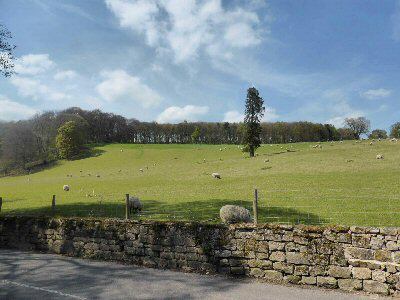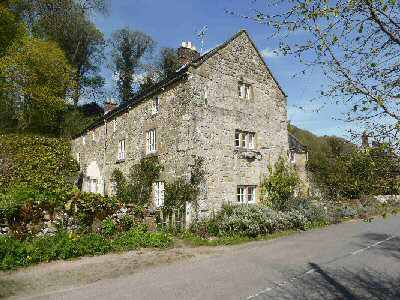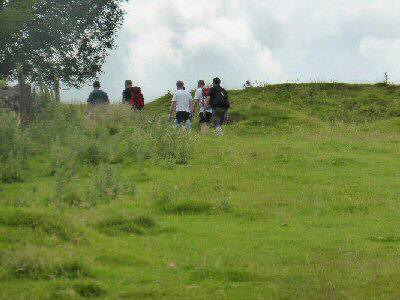CARSINGTON AND HOPTON
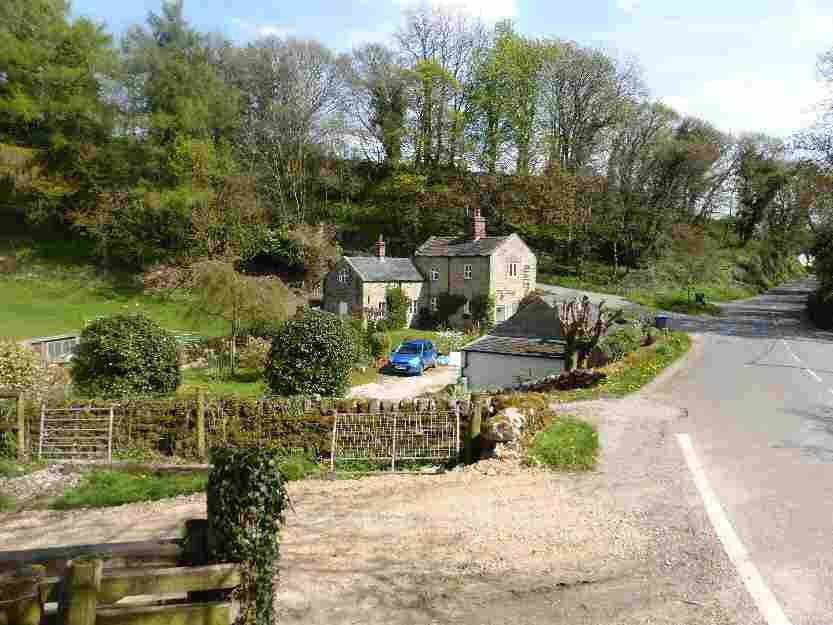
PLAN YOUR DAY OUT
Location: Carsington and Hopton are off the by-pass on the B5305 Middleton-by-Wirksworth to Ashbourne Road (Carsington SK253534 and Hopton SK260533)
Visit: Carsington Water is a great place to relax by the water’s edge, but leave time to look around the Visitor Centre with its attractive shops and display areas. The more adventurous can hire a sailing dinghy or a mountain bike. – Visit Hopton Hall to see the snowdrops when in season. – Take a walk around the two villages.
Refreshments: The Miners Arms at Carsington is popular with walkers, and the Gate at Brassington is a much-visited historic public house.

Walk: Carsington and Brassington Walk, breathtaking views are to be found on this splendid walk, which visits the ancient villages of Carsington and Brassington, once the homes of very active lead mining communities. On the moorland route between the two villages, there is plenty of evidence of the efforts of miners to extract lead from underneath the earth. At Nickalum Mine, in particular, spoil heaps that have been grassed over for a long time are in plentiful supply. People were living in the area around Brassington in prehistoric times. Remains of Bronze and Iron Age man have been found at Harborough Rocks near the High Peak Trail, a converted railway line.
Special Places of Interest in the Locality: The Visitor Centre at Building 17 of the 15-mile-long Derwent Valley Mills World Heritage Site at Cromford. It allows you to explore all the key heritage and wildlife sites using interactive touch screens. The exhibition continues with the story of the Derwent Valley’s global impact on the cotton industry, where the mill is brought to life as part of the Arkwright Experience. – The Mining Museum and Temple Mine at Matlock Bath, where you get a very realistic impression of what the conditions used to be like for men who toiled underground. After completing the museum tour, you can visit Temple Mine, which opened in 1922, but check the opening times first as they may differ. – National Stone Centre, Wirksworth, tells the story of stone and its geological and industrial history. Outside the visitor centre, the quarry trail takes you back over three million years.
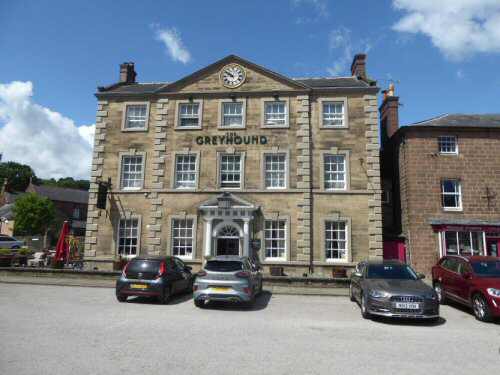
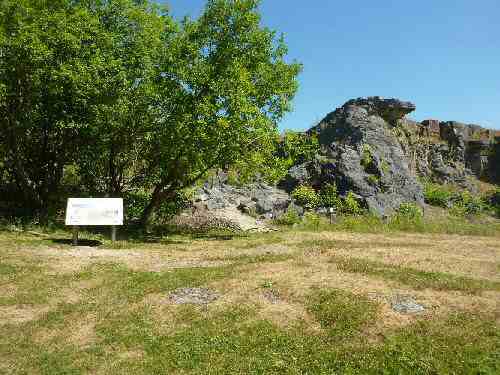
INTRODUCTION
The picture-postcard village of Carsington and its equally attractive neighbour, Hopton, are inseparably linked. They lie in a wooded valley, with Carsington Pasture rising steeply to one thousand feet to the west, behind a row of attractive little cottages that line the roadside. Both villages share the same church and school. The houses in each village almost overlap on the narrow shared road, and they are both in the same parish.
CARSINGTON WATER
Late last century, the construction of Carsington Water considerably changed the landscape. The reservoir, which cost £107 million to build, increased Severn Trent’s raw water capacity by 10% to meet the growing demand for water in Derbyshire, Nottinghamshire, and Leicestershire.
Conservationists fought a long, hard battle against the site chosen for the reservoir and what they considered to be its likely impact on the two villages. A bypass takes much of the traffic away from the narrow, winding, pavement-less village road. The villages have remained relatively undisturbed, and the protesters’ worst fears have not materialised.
Recent excavations as part of the reservoir construction revealed that the Romans were once present in the area. Indeed, some archaeologists think that Carsington was Lutadarum, the centre of the Roman lead industry, but the precise location has never been established.
LEAD MINING
In more recent times, the village was an important lead mining centre, and Carsington Pasture, which looks down upon it, is littered with disused lead mines. Mining existed in the 20th century, with barytes extracted at the Golconda Mine until 1953. The miners used to get to work by walking up the appropriately named Mining Lane.

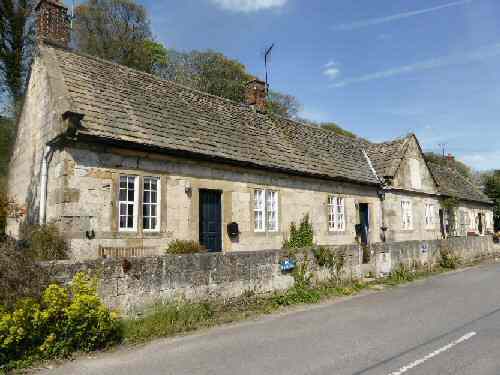
TOURISM
Carsington Water, officially opened by HM the Queen in 1992, instantly became one of Derbyshire’s most important tourist attractions. The original estimate of three hundred thousand visitors per year was quickly revised to over one million. Severn Trent has planted half a million trees and shrubs in woodlands, copses, and hedgerows. The result has been the enhancement of a beautiful landscape and the creation of many new habitats for wildlife.
Only a short, easy walk from the Visitor Centre car park is the wildlife centre, where you can watch Carsington’s birdlife in warmth and comfort. Posters on the wall help identify the birds spotted for those who are not experts. The weight of the turf-covered roof holds the building together without the need for screws or nails.
Further along the bankside towards Carsington Village are bird hides, where you can spend an hour or more spotting many species.
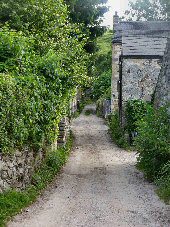
ST. MARGARET’S CHURCH
The small Church of St Margaret’s at Carsington fits into the scenery perfectly – pretty but not dominating. Evidence shows that a church existed as far back as the 12th century. However, in 1971, a gravedigger dug up the skeletons of a man, woman and child, probably of Anglo-Saxon origin. This discovery led to further speculation about the date of the first church.
HOPTON HALL
The Gell family dominated the area, living at Hopton Hall for nearly 500 years. The Hall, sold in 1989, hides behind a red brick crinkle-crankle wall on the eastern side of Hopton. The wall traps sun rays to assist fruit growth.
During the early part of the year, the snowdrops in the hall gardens attract many visitors, making them one of Derbyshire’s most popular winter attractions. As the gardens have gradually re-established, they have also opened to the public on selected days during the summer.
The Gells built the school and had a considerable influence on the development of the church. Sir Philip Gell organised the building of the Almshouses in Hopton, above which a stone tablet declares that the buildings were for ‘2 poor men and 2 poor women of Hopton and Carson’, the latter being the old name for Carsington.
CARSINGTON VILLAGE
Further along the road, in Carsington, is the Miners Arms, originally popular with thirsty lead miners and now busy with walkers and visitors to the village. On the lane behind the pub is a small village green, where the remnant of a medieval cross stands on a more modern base. The cross formerly stood on the grounds of Hopton Hall. Further down the lane is the school, which dates from 1726. A tablet on the wall indicates that Mrs Temperance Gell gave the school to twenty poor children of Hopton and Carsington.
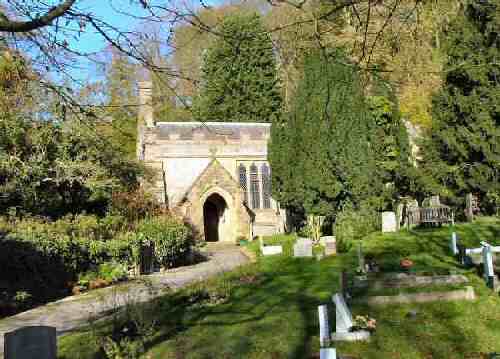
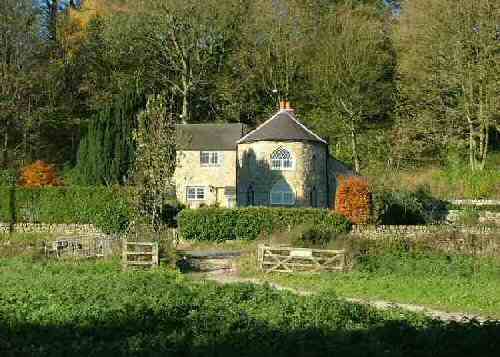
TEN FASCINATING FACTS ABOUT CARSINGTON AND HOPTON
1. Carsington and Hopton Conservation Area has 31 listed entries. The Church of St. Margaret is Grade II* and all the others are Grade II.
2. The listed buildings range from Hopton Hall to almshouses, quaint cottages to arcaded barns, and the village cross to walls and gate piers.
3. Partly hidden across the road, close to the corner of the crinkle-crankle wall, is the Ice House, a circular gritstone building with a domed roof set well into the ground. Only the roof and tunnel are visible. The Gell family used it to store food in pre-refrigerator days. It was built around 1700 and is listed for protection.
4. An unusual item in the church register records the life of Sarah Tissington. She was born in the village in 1664 without arms, but despite this severe handicap, she learned to knit with her feet.
5. Town End at Hopton incorporates carved stone corbel heads, medieval fragments, reused shaped stones, and a decorative stone lintel with carved figures. The carving is probably medieval and includes the figure of a dragon.
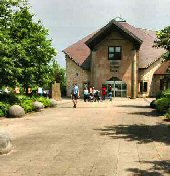
6. The project to build the reservoir at Carsington started in 1980, but four years later, with the work at an advanced stage, the dam collapsed. A new dam was constructed, containing more than twice the old dam’s material and double the width at the base. Completed in the autumn of 1991, it is the ninth-largest reservoir in England.
7. When the river level is high, water is pumped from the Derwent at Ambergate Pumping Station and piped to Carsington Water. Then, it is stored in the reservoir and released when the weather is arid.
8. Stones Island, erected in 1992, is only a short stroll from the visitor centre. It follows the long tradition of hilltop monuments in Derbyshire. The objectives are to present a notable feature within the landscape when viewed from a distance and, when reached, to attract attention back to the surrounding countryside.
9. Holes have been pierced in each stone to enable visitors to focus on particular features rather than just the area. The heights of the holes differ so that even small children can enjoy the experience.
10. A circular path guides walkers around the reservoir and takes them to the attractive conservation villages of Carsington and Hopton. Cyclists and horse riders take slightly different routes.
Carsington and Brassington Walk
